

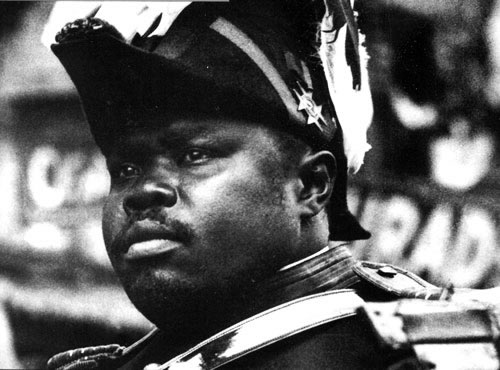
Marcus Garvey has had a tremendous impact on millions of people, countless organizations, movements and countries all over the world. Inspired by his ideas, over 30 African countries as well as Caribbean countries have declared their freedom. Many Black leaders have all publicly stated that they were inspired by Marcus Garvey. In 1969, the parliament of Jamaica proclaimed Marcus Garvey as the country's first national hero. Below is a small list of some of the people, places and things that were impacted by the amazing life and accomplishments of Marcus Garvey.
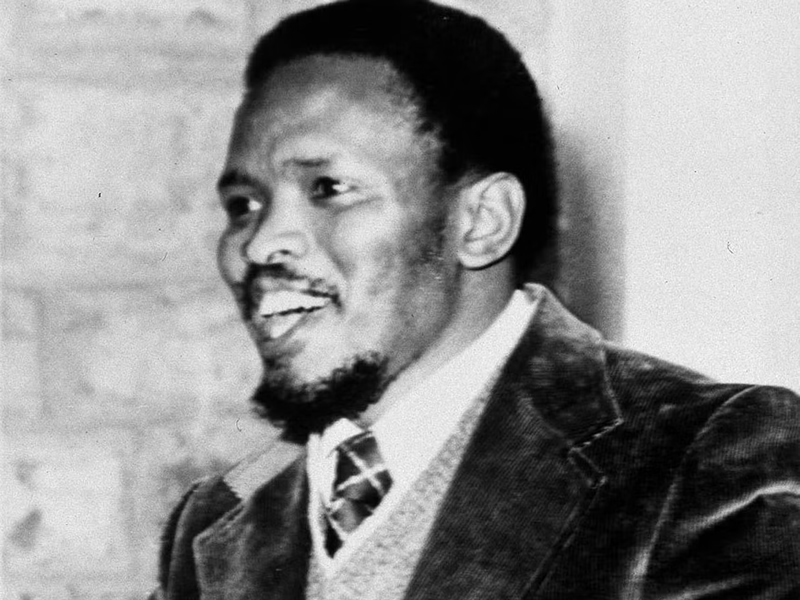
Steve Biko (1946-1977) was a noted anti-apartheid activist in South Africa in the 1960s and 1970s. He was one of South Africa's most significant political activists and a leading founder of South Africa's Black Consciousness Movement. His death in police detention in 1977 led to his being hailed as a martyr of the anti-Apartheid struggle. He was greatly influenced by the vision of Marcus Garvey.
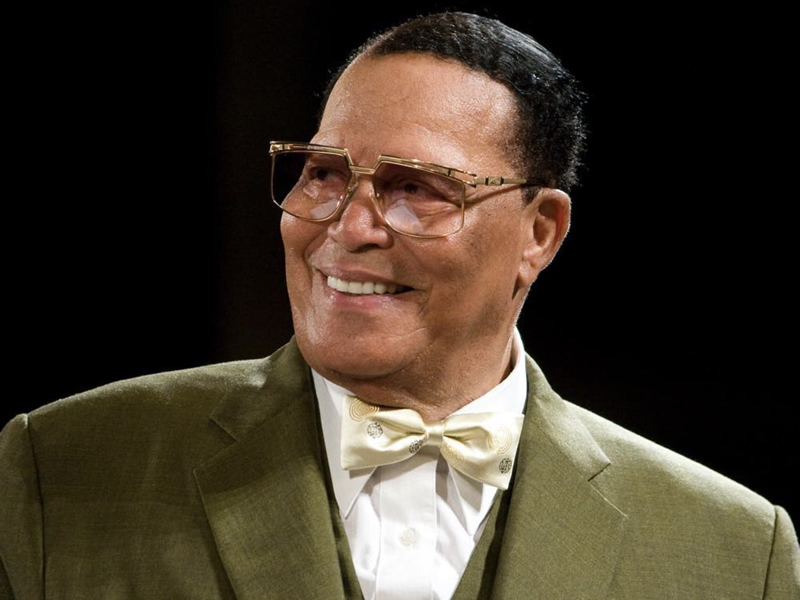
Minister Louis Farrakhan is the leader of the Nation of Islam, the most powerful Black religious movement in the world, with hundreds of thousands of members in the United States and countries around the world. He is one of the most powerful Black men in the world.
Minister Farrakhan has stated many times that he was very inspired by the life and accomplishments of Marcus Garvey. While on stage, Minister Farrakhan often tells a powerful story from his childhood where he visited his uncle's home. He saw a picture above the fireplace and was glued to it.
Young Louis asked, Who is that man?
.
His uncle picked Louis up, put him on his shoulders and said, That's Marcus Garvey
.
Louis asked, What did he do?
.
His uncle said, He came to unite our people
.
Louis said, Where is he? I want to meet him
.
His uncle said, You can't. He's dead
.
Minister Farrakhan then says he cried and felt lost because Garvey was gone.
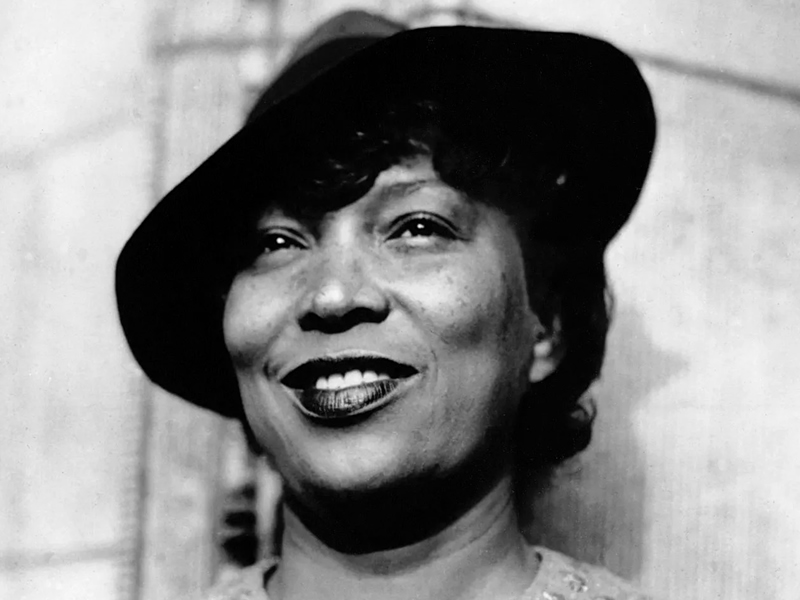
Zora Neale Hurston (1891-1960) was an American folklorist, anthropologist and author, who was inspired by Garvey's teachings. Of Hurston's four novels and more than 50 published short stories, plays, and essays, she is best known for her 1937 novel, "Their Eyes Were Watching God."
Her 1925 high spirited play, "Meet the Mamma", was set in the time when Marcus Garvey's movement was at its pinnacle. Act 1 takes place in a Harlem club; Act 2 aboard an ocean liner; and Act 3 in the jungles of Africa. The play highlighted Garvey's "Back to Africa" movement.
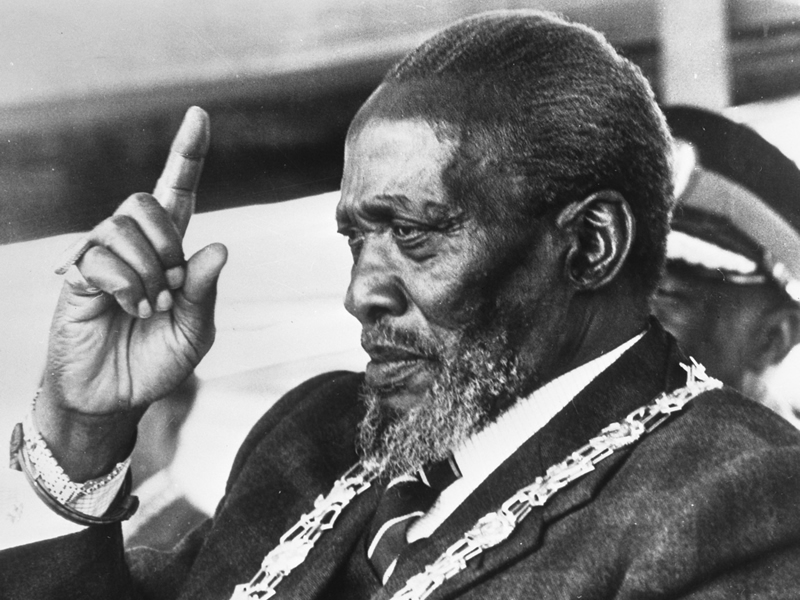
Jomo Kenyatta (1897 - 1978) was the first President of independent Kenya in 1964. Jomo Kenyatta is arguably Kenya's greatest and most beloved son. His vision for a unified and free Kenya lives on, and is a major source of inspiration not only for Kenyans, but all people of African descent.
Jomo was greatly inspired by Marcus Garvey. He famously said, In 1921, Kenyan nationalists, unable to read, would gather around a reader of Garvey's newspaper, the Negro World, and listen to an article two or three times, then they would run various ways through the forest, careful to repeat the whole article which they had memorized to Africans, which lifted them from the servile consciousness in which they lived.
He subsequently said, When I met Garvey and listened to him in London, I became a Garveyite.
.
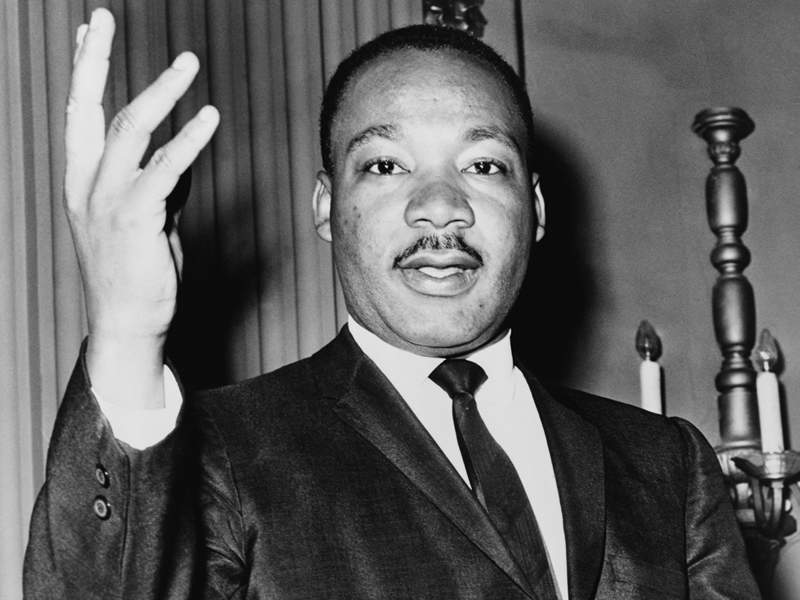
Dr. Martin Luther King, Jr. (1929-1968) was a Baptist preacher, activist, and leader in the African American civil rights movement. During a trip to Jamaica on June 20, 1965, Dr. Martin Luther King, Jr. and his wife Coretta Scott King visited the shrine of Marcus Garvey and laid a wreath on his grave.
In a speech he told the audience that Marcus Garvey was the first man of color to lead and develop a mass movement. He was the first man on a mass scale and level to give millions of Negroes a sense of dignity and destiny, and make the Negro feel he was somebody.
After his death, Dr. King was a recipient of the first Marcus Garvey Prize for Human Rights, awarded to Coretta Scott King by the Jamaican Government on December 10, 1968.
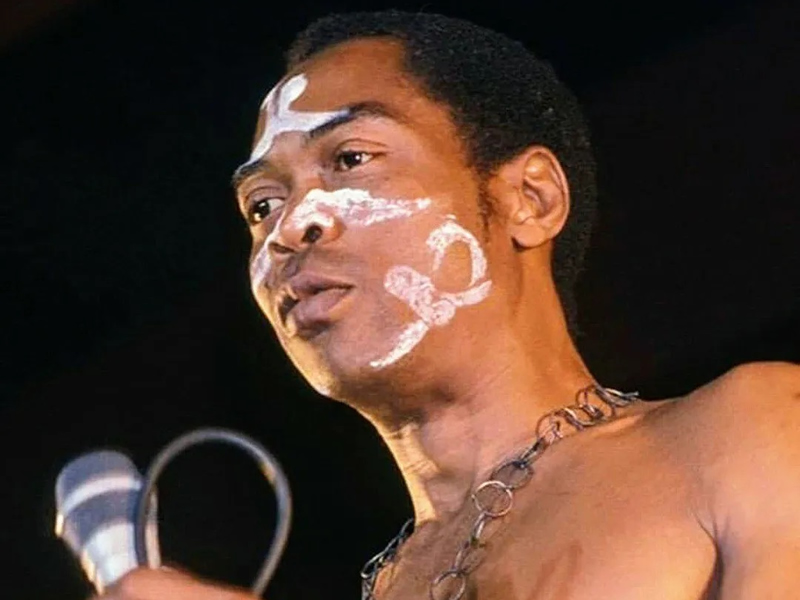
Fela Kuta (1938-1997) was a famous Nigerian singer.
To the Pan-African world, Fela was a towering figure who arguably combined elements of pure artistry, political perseverance, and a mystic, spiritual consciousness in a way that no other individual ever has. Musically, he achieved a level comparable to Miles Davis, James Brown, Thelonius Monk, and Bob Marley. At times, he was a Peter Tosh or a Sun Ra, yet more.
Politically, he subscribed to the point of view of Marcus Garvey.
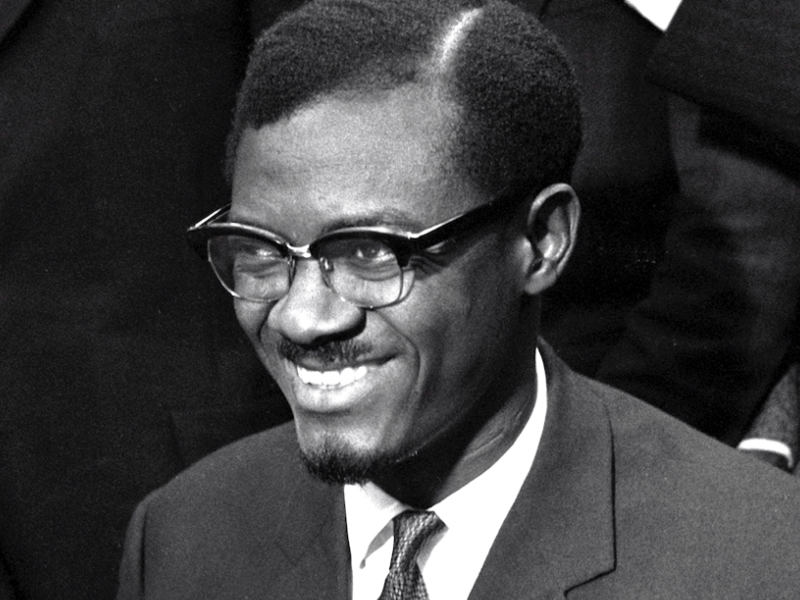
Patrice Lumumba (1925-1961) was a Congolese independence leader and the first legally elected Prime Minister of the Republic of the Congo after he helped win its independence from Belgium in June 1960.
He was inspired by the work of Marcus Garvey.
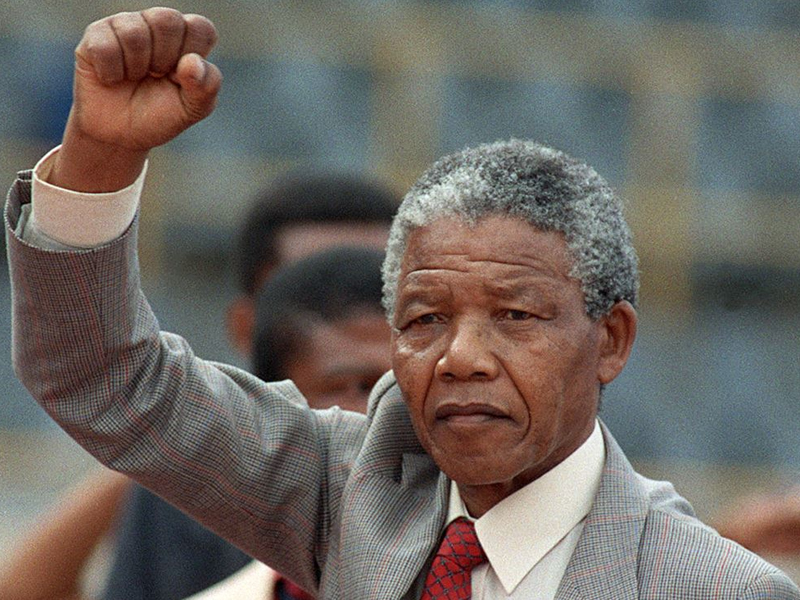
Nelson Mandela (1918-2013) was a world-renowned freedom fighter.
He was an anti-apartheid activist in South Africa who was arrested and sentenced to life in prison. Mandela served 27 years in prison, before being released in 1990. Mandela led his party in the negotiations that led to multi-racial democracy in 1994. Mandela served as President of South Africa from 1994 to 1999.
Mandela has stated publicly that he admired Marcus Garvey.
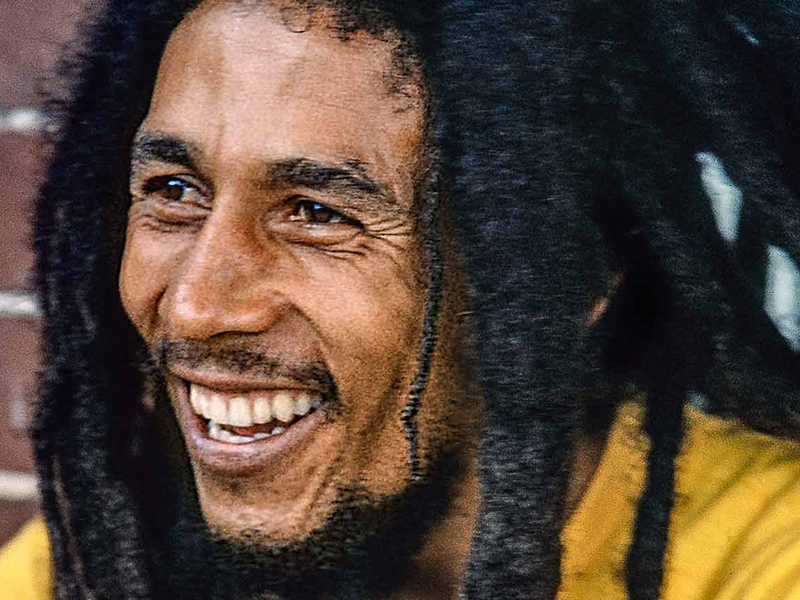
Bob Marley (1945-1981) was a Jamaican singer and the greatest Reggae music artist of all times. He was greatly impacted by the life and works of Marcus Garvey.
Bob Marley quotes Marcus Garvey in several of his songs:
One Love. Bob Marley made a classic song named "One Love" that first appeared in 1965 and was later reworked into the classic 1977 release on his "Exodus" album.
I'll never forget, no way. They crucify Jesus Christ, I'll never forget, no way. They stole Marcus Garvey for rights.
We are going to emancipate ourselves from mental slavery, because whilst others might free the body, none but ourselves can free the mind. On Bob Marley's ninth album "Uprising", on his song "Redemption Song", he quoted Garvey,
Emancipate yourself from mental slavery... none but ourselves can free our minds.
In his own words, Bob Marley said, "Marcus Garvey is a prophet", as can be seen in this video: https://www.youtube.com/watch?v=cPH7K61mdRc
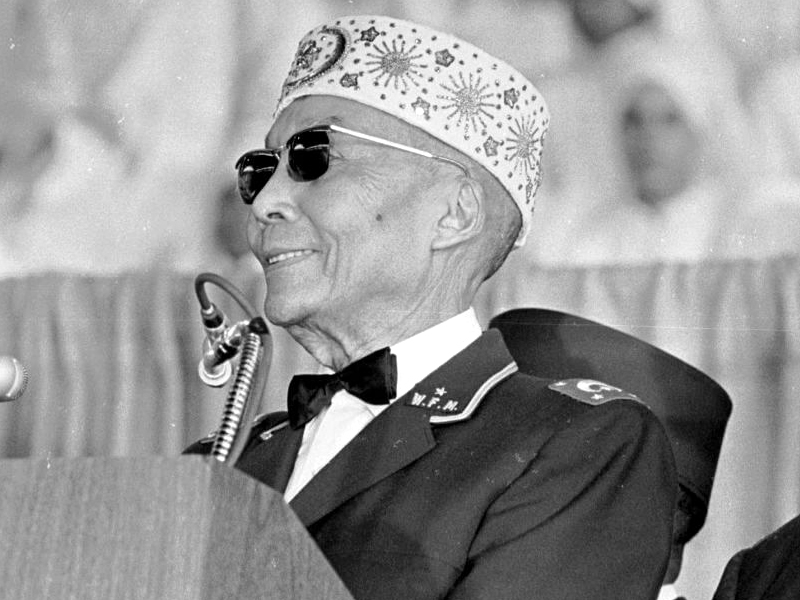
Honorable Elijah Muhammad (1897-1975) was born Elijah Poole and grew up outside of Macon, Georgia. In 1923, he moved his family to Detroit, Michigan. In Detroit. Elijah joined the Nation of Islam in 1931 and changed his name to Elijah Muhammad. He went on to lead the Nation from 1934 until he died in 1975. Elijah Muhammad recruited hundreds of thousands of Black people into the Nation of Islam, developed tremendous Black-owned businesses, large real estate holdings, armed forces and schools. He built a mass movement that spans the globe today.
In the preface of his book, "Message to the Black Man", there are many references to Marcus Garvey and his movement.
Elijah Muhammad was never a member of Marcus Garvey's organization, but loved, respected and honored Marcus Garvey, and bid his followers to respect and honor Marcus Garvey as a forerunner to the work being done by the Nation of Islam. (Farrakhan explains)
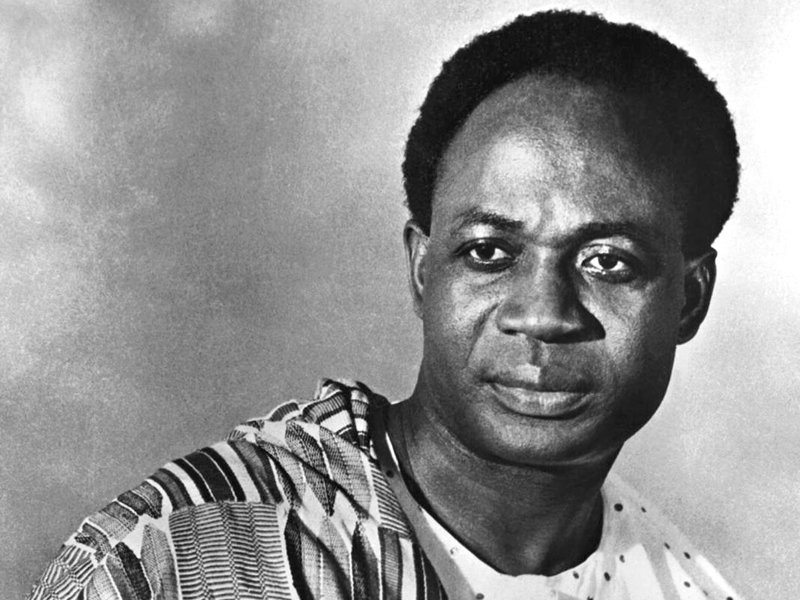
Kwame Nkrumah (1909-1972) was born in Ghana and went to historically Black college, Lincoln University in the United States. While there, Nkrumah encountered the writings and ideas of Marcus Garvey, which had a big impact on him.
Kwame said, Long before any of us were even conscious of our own degradation, Marcus Garvey fought for African national and racial equity. I think that of all the literature I studied, the book that did more than any to fire my enthusiasm was 'The Philosophy and Opinions of Marcus Garvey'.
In 1952, Kwame Nkrumah became Prime Minister of the Gold Coast, his African nation that was colonized by the Great Britain. He led the Gold Coast through a peaceful revolution and achieved its independence from British colonial rule in 1957. He named the new, independent country Ghana and became its first President and first Prime Minister.
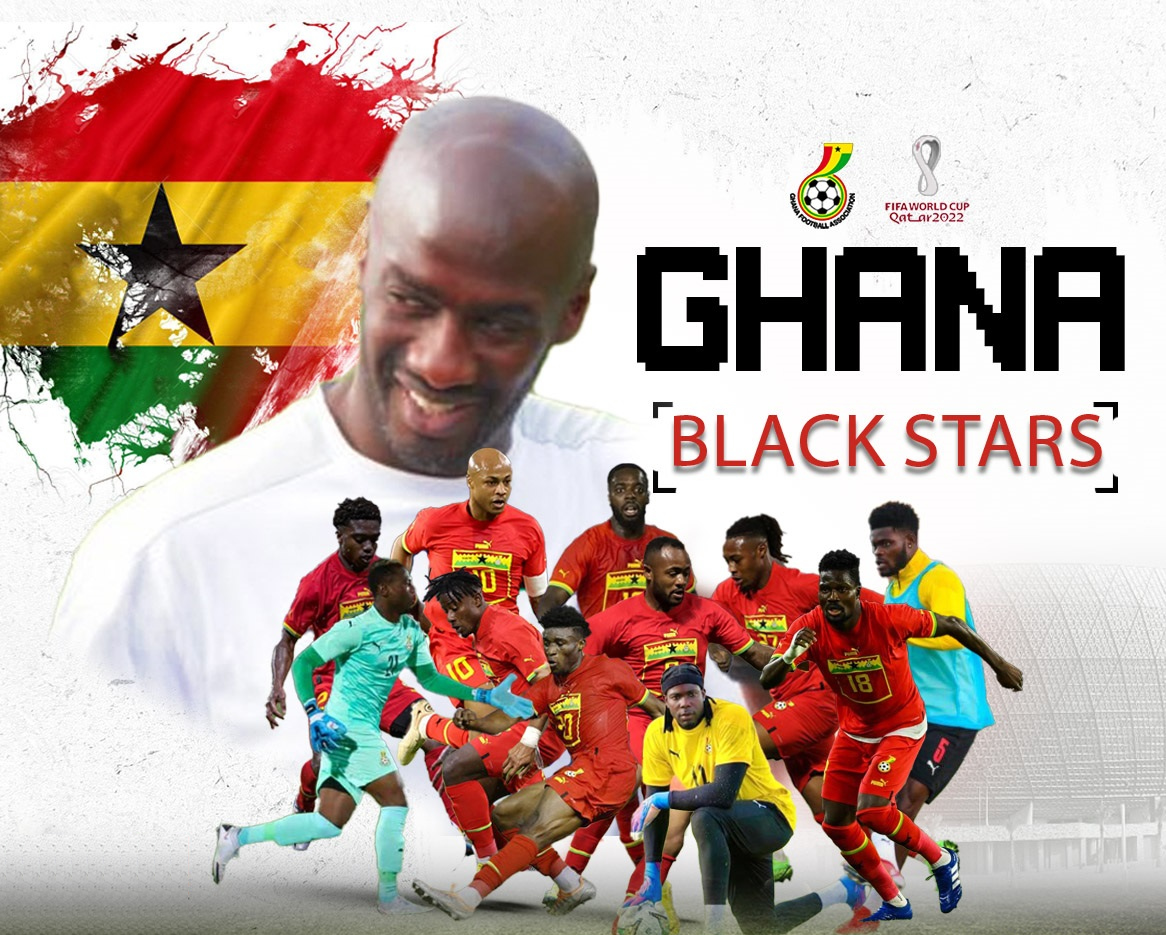
As soon as Nkrumah drove the British out of Ghana, one of his first acts was to name the national shipping line of Ghana, the "Black Star Line", named after Marcus Garvey's Black Star Line steamships. He famously said, You laughed at Garvey, but you will never laugh at us
. Nkrumah also named Ghana's national soccer team, "The Black Stars". He also placed Marcus Garvey's Black Star in the middle of the national flag of Ghana.
Since Marcus Garvey, many argue that nobody has done more to bring freedom to Africa, pride and dignity to Black people everywhere, and to honor Marcus Garvey, than Kwame Nkrumah.
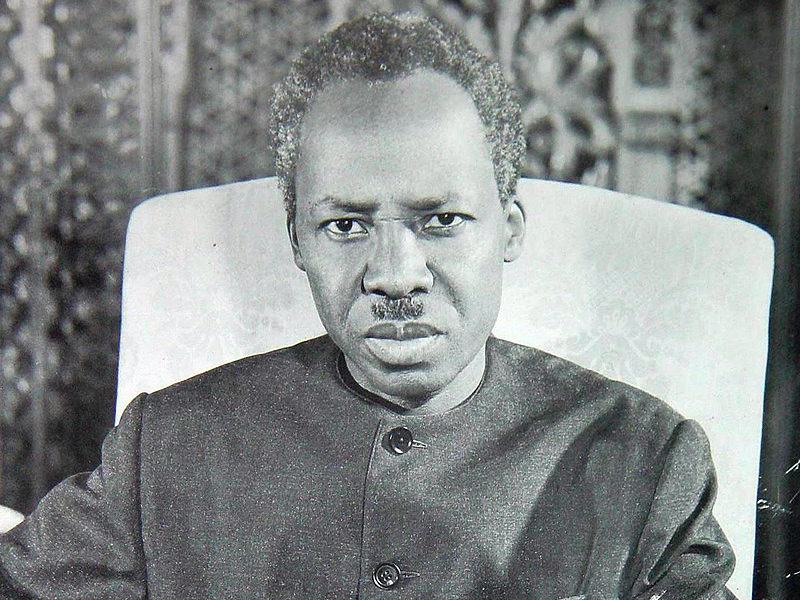
Julius Kambarage Nyerere (1922-1999) was President of Tanzania (previously Tanganyika), from the country's founding in 1964, until his retirement in 1985. Born in Tanganyika, Julius Nyerere was known by the Swahili name Mwalimu, or "teacher," because of his profession before becoming active in politics. Nyerere famously encouraged leaders in the South to work together.
Nyerere was inspired by the work of Marcus Garvey.
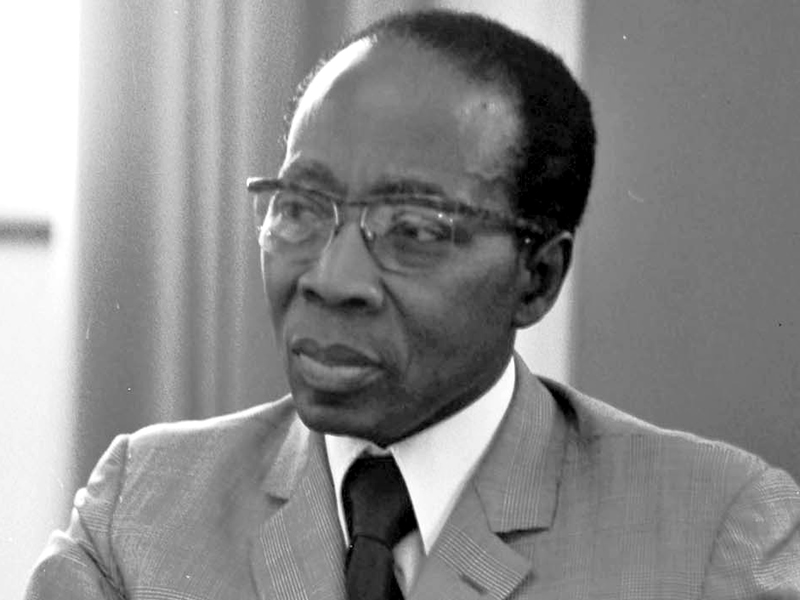
Leopold Sedar Senghor (1906-2001) was a Senegalese poet, politician, and cultural theorist who for two decades served as the first president of Senegal (1960-1980). Senghor was the first African elected as a member of the Academie francaise. Before independence, he founded the political party called the Senegalese Democratic Bloc. He is regarded by many as one of the most important African intellectuals of the 20th century.
Senghor was one of the originators of the concept of "Negritude", defined as the literary and artistic expression of the Black African experience, which has deeply influenced the strengthening of African identity in the French-speaking, Black world.
Senghor was inspired by the work of Marcus Garvey.
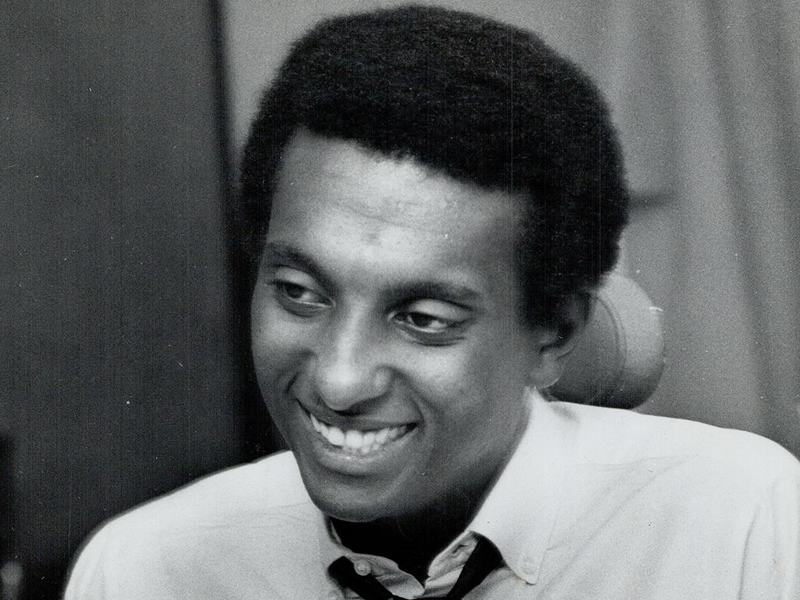
Kwame Ture (1941-1998) was a Trinidad-born, outspoken Black activist, Pan-Africanist and socialist. He graduated from Howard University and rose to prominence in the American Civil Rights and Black Power Movements, first as a leader of the Student Nonviolent Coordinating Committee (SNCC) and later as the "Honorary Prime Minister" of the Black Panther Party.
Born Stokely Carmichael, he took the name Kwame Ture to honor Kwame Nkrumah of Ghana and Sekou Toure of Guinea. He was a big believer in mass organization of Black people to achieve his goals. He said, The idea of mass party itself, Nkrumah would tell all, came from the Honorable Marcus Garvey, who injected the mass character into the Pan-African struggle with the Universal Negro Improvement Association.
Though Kwame Ture came on the scene nearly 50 years after Garvey, speeches from the two men show no doubt about where Ture's views originated. Ture said, We had no more courage than Harriet Tubman or Marcus Garvey had in their times. We just had a more vulnerable enemy.
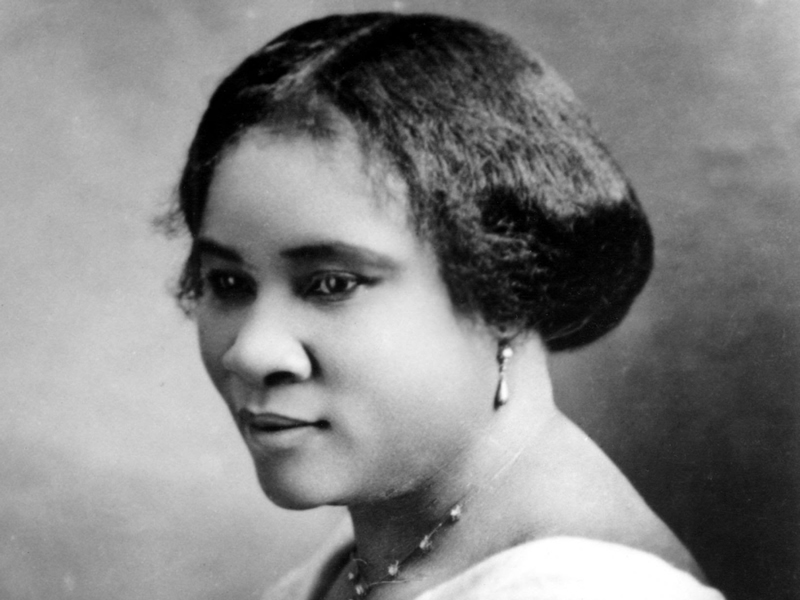
Madam C.J. Walker (1867-1919) was an African American entrepreneur, philanthropist, and political and social activist. She built her Black haircare company into a massive business that built wealth for countless Black women. She is recorded as the first female self-made millionaire in America in the Guinness Book of World Records.
She was even joined by Marcus Garvey and others when she founded 'The International League for Darker People' in 1919. The organization aimed to bring together African Americans with other non-European people to pursue shared goals at the Paris Peace Conference following World War I.
Madam C. J. Walker greatly admired Marcus Garvey and his mission. In the last year of her life, she donated generously to Marcus Garvey's Universal Negro Improvement Association (UNIA).
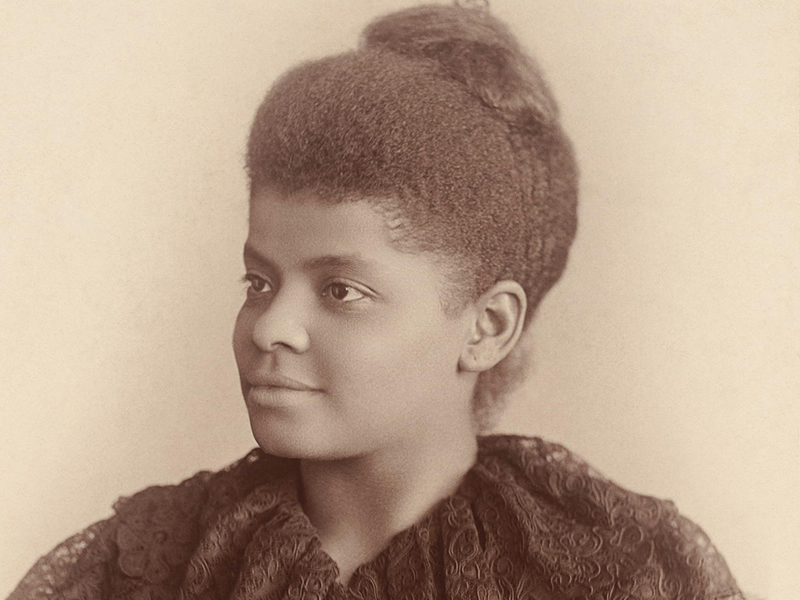
Ida B. Wells (1862 - 1931) was an American investigative journalist and freedom fighter. She documented and published pamphelets exposing the truth about the lynchings of Black people in the United States. While whites claimed that they only lynched Black criminals, Ida B. Wells published proof showing that whites were actually, barbarically lynching innocent Black people who started businesses or tried to run for political office, which threatened the wealth and power of whites.
After Marcus Garvey first came to America from Jamaica in 1917, he went on a 38-state speaking tour of the United States. When he stopped in Chicago, he visited Ida B. Wells. She told him about her first-hand accounts of the barbarities of lynchings in America.
Ida B. Wells became deeply involved with Garvey's organization. She served as delegate at events on the UNIA's behalf and even spoke at one of Marcus Garvey's events. Ida B. Wells greatly admired and respected Marcus Garvey, as he did her.

Delxino Wilson de Briano is the co-Founder and President of TAG TEAM Marketing and one of the most accomplished Black people in the marketing industry. He built the largest, predominantly Black marketing team ever built to over 230,000 distributors that produced over $100 million per year in sales. Delxino has built several successful businesses, and today leads Garvey Nation.
Delxino frequently speaks of Marcus Garvey being his inspiration for creating the Black Business Network, the Buy Black Movement, and ultimately Garvey Nation. In his own words, Delxino said, A century ago, Marcus Garvey inspired millions of our people to unite, believe in ourselves and work together to uplift our race. He also gave us a tremendous economic vision and made us believe that we could achieve it. He gave us the blueprint. Garvey Nation is here to finish his work in the 21st century.
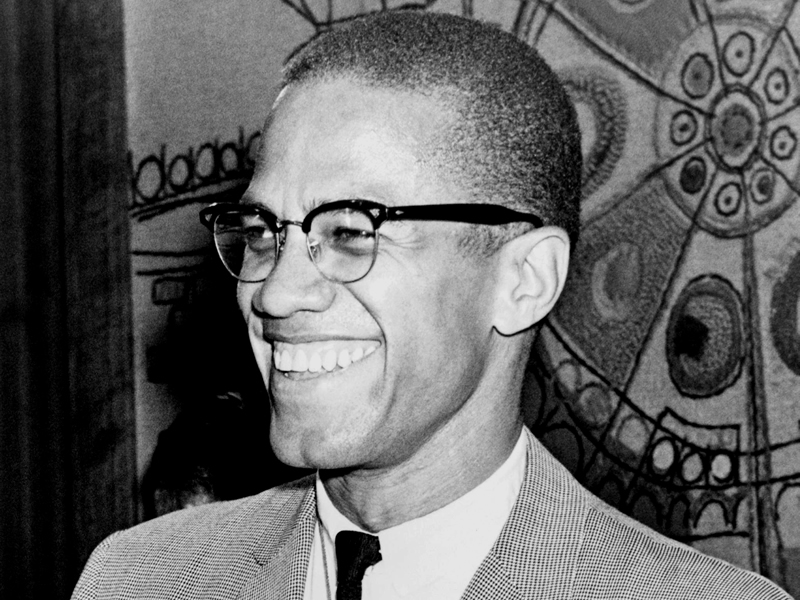
Malcolm X (1925-1965) was a Minister in the Nation of Islam, powerful speaker, Pan Africanist, and a courageous advocate for the rights of Black people. He was one of the most influential Black people in history.
Malcolm X's parents, Earl and Louise Little, met at a Marcus Garvey Universal Negro Improvement Association (U.N.I.A.) convention in Montreal, Canada. Earl was a U.N.I.A. organizer and one of the speakers, and became the president of the U.N.I.A. division in Omaha, Nebraska. Louise was the secretary and wrote articles for Marcus Garvey's 'The Negro World' newspaper. They also sold copies of The Negro World. Marcus Garvey even visited their family home several times in the early 1920s.
Recalling his father in his autobiography, Malcolm X said, The image of him that made me proudest was his crusading and militant campaigning with the words of Marcus Garvey... it was only me that he sometimes took with him to the Garvey U.N.I.A. meetings which he held quietly in different people's homes.
Malcolm X always spoke highly of Marcus Garvey. He said, Every time you see another nation in the African continent become independent, you know that Marcus Garvey is alive
.
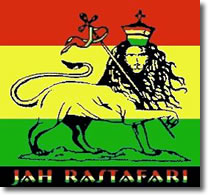
Marcus Garvey made frequent speeches prophesizing a Black Messiah, a king who was to be crowned in Africa. In 1930, a Jamaican religious movement sprang up around his words, declaring Garvey a prophet, and Ethiopian Emperor Haile Selassie (formerly Ras Tafari Markonnen), the expected messiah. It is called the Rastafari Movement.
The most important symbol of the Rastafari Movement is the flag with three bands of red, black, and green, a symbol of Marcus Garvey's movement, and the Lion of Judah, the personal emblem of Haile Selassie. The colors on the flag are red, representing the blood of African martyrs, Black, for the skin color of believers, and green, for the color of the Promised Land (Ethiopia).
Rastafarians have a deep admiration and respect for the life, the works and the prophecies of Marcus Garvey.
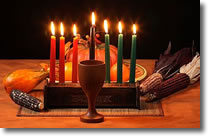
The African American celebration of Kwanzaa was invented in 1966 by Maulana Karenga. The holiday uses the colors of red, black and green. black for the people, red for their struggle, and green for the future and hope that comes from their struggle. The colors are based on the colors given by the Honorable Marcus Garvey as national colors for African people throughout the world.
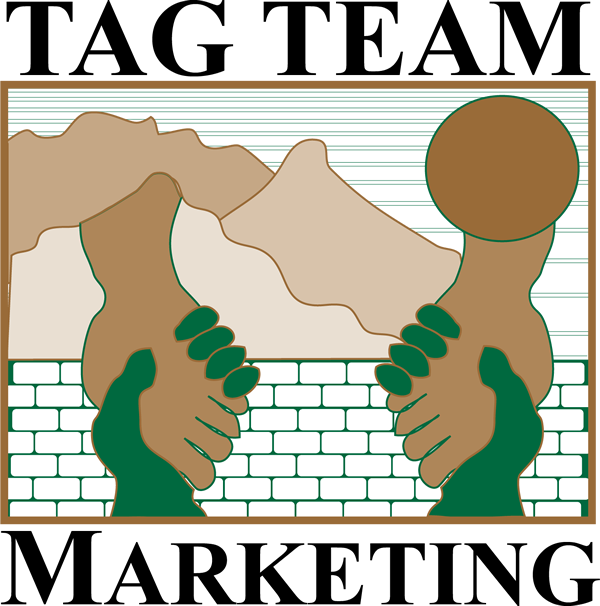
TAG TEAM Marketing created the Buy Black Movement program to get millions of Black people buying from Black people consistently, booming Black-owned businesses and creating Black economic independence, just as Marcus Garvey began in the early 1900s. Garvey's quote, "Be Black, Buy Black, Think Black, and all else will take care of itself!" is the motto of the Buy Black Movement.
In tribute to Marcus Garvey, TAG TEAM Marketing nicknamed its popular business opportunity "Black Star" after Marcus Garvey's famous "Black Star Line" Steamship Company. Members of Black Star move Black people to purchase Black-made products. They also move products from Black businesses to Black consumers. This "movement" of people and products mimics the movement of Garvey's Black Star steamships that transported Black people and products around the world.
Inspired by the vision and accomplishments of Marcus Garvey, TAG TEAM Marketing is committed to carrying forward his legacy by resuming the work of moving the global Black community into economic power. As Marcus Garvey said, "A race without power is a race without respect."
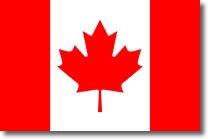
Marcus Garvey visited Nova Scotia in October, 1937 and delivered a series of powerful speeches in Cape Breton and Halifax.
There are several tributes to Marcus Garvey in Canada:
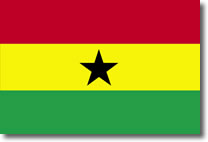
With the leadership of Kwame Nkrumah, the country of Ghana declared it's independence from the United Kingdom in 1957. Nkrumah was an avid reader of Marcus Garvey's writings and teachings. Upon declaring independence, Ghana created its own flag, utilizing Garvey's symbols, including the red, black and green colors as well as the black star (as in Garvey's Black Star Line). In Ghana's flag, red represents the blood that was shed towards independence, the gold represents the mineral wealth of Ghana, the green symbolizes the rich agriculture, and the black star is the symbol of African emancipation, a shining tribute to the inspiration of Marcus Garvey.
Kwame Nkrumah named the national shipping line of Ghana the Black Star Line in honor of Garvey. Nkrumah also named the national soccer team the Black Stars as well. A bust of Marcus Garvey is also on display at a park in the central region in Ghana.
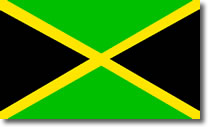
Marcus Garvey was born in St. Ann's Bay, Jamaica in 1887, grew up in Jamaica, started his movement in Jamaica, and returned and lived in Jamaica for many years. Through his work and accomplishments, he became one of Jamaica's proudest sons.
When Garvey died in London on June 10, 1940, his body was initially buried at Kensal Green Cemetery in London because it was unfeasible to transport it back to Jamaica due to World War II. In 1964, the government of Jamaica paid to have his remains exhumed and brought back to Jamaica. On November 15, 1964, the day after his body arrived in Jamaica, they held a ceremony and re-buried his body at a shrine in National Heroes Park in Kingston. Garvey's shrine consists of a tomb at the center of a raised platform in the shape of a black star. Behind it, a peaked and angled wall houses a bust of Garvey, which had been added to the park in 1956 and relocated after the construction of the shrine.
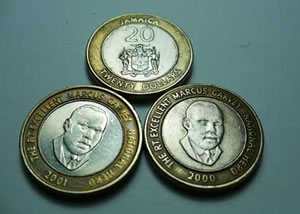
On July 18, 1969, the Parliament of Jamaica established the Order of National Hero and officially proclaimed Marcus Garvey as the country's first national hero.
Marcus Garvey's image appears on the Jamaican 50 cent coin, 20 dollar coin and 25 cent coin.
There have been many tributes to Marcus Garvey in Jamaica:
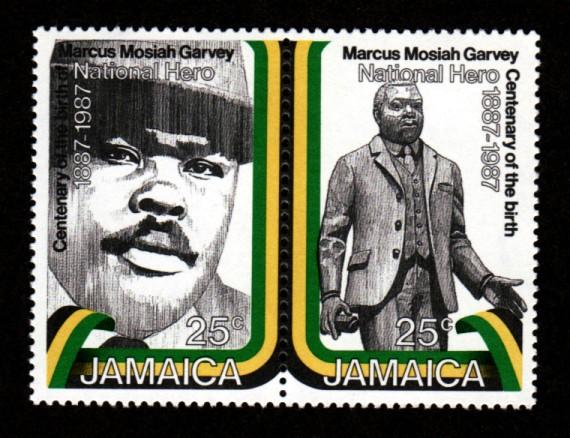
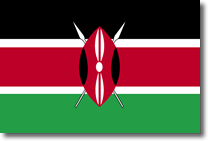
Marcus Garvey's work was followed and read about in Kenya. Of note, it influenced Harry Thuku, an early nationalist leader.
The colors of the flag of Kenya and their meaning was adopted from Garvey.
A major street is named after Marcus Garvey in Nairobi, Kenya.
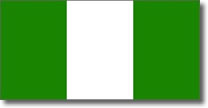
Marcus Garvey inspired Nnamdi Azikiwe, the first President of Nigeria.
There are also several tributes to Marcus Garvey in Nigeria:
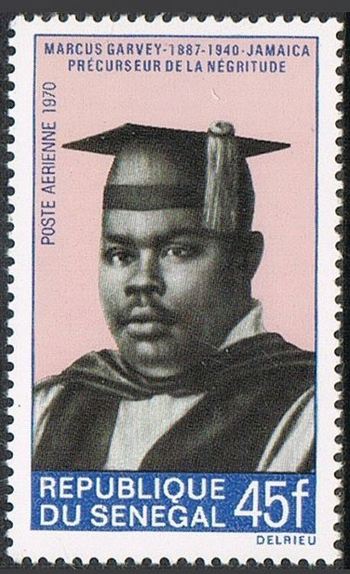
In 1970, Senegal issued a postage stamp in honor of Marcus Garvey as a part of their Poineers of Negro Equal Rights series.
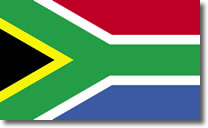
A neighborhood bearing Marcus Garvey's name is located in the township of Khayelitsha, Cape Town, South Africa.
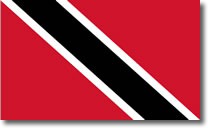
Garvey had a huge impact on Trinidad. Many Trinidadians played central roles in the Garvey movement. There were many U.N.I.A. leaders from Trinidad who also operated in other parts of the world.
There were over 30 chapters of the U.N.I.A. in Trinidad, including Balandra Bay, Carapichaima, Caroni Cedros, Chaguanus, Couva, D'Abadie, Enterprise Gasparillo, Guico, Iere village, La Brea, Los Bajos, Mucurapo, Marabella, Matura, Morne Diablo, Moruga, Palmyra, Penal, Port of Spain, Princes Town, Rio Claro, St. Madeleine, San Fernando, Siparia, Tableland, Victoria Village and Williamsville.
Garvey was so feared by the white colonial authorities, that Garvey's newspaper, The Negro World, was banned in Trinidad as in many British colonies throughout the world. Also, the government would not allow Garvey to visit Trinidad personally for many years. He did visit Trinidad in 1937, was given a big welcome and delivered a speech.
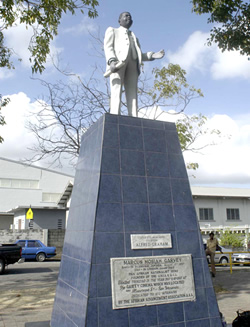
Today, a statue of Marcus Garvey (shown right) is located on the Harris Promenade, San Fernando, Trinidad.
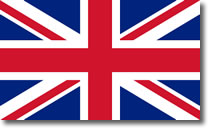
Marcus Garvey lived in the United Kingdom for many years. While in the United Kingdom, he attended Birkbeck college where he studied law and philosophy. There, he met and was inspired by other Blacks who were involved in the struggle to obtain independence from the British Empire.
There are several tributes to Marcus Garvey in the United Kingdom:
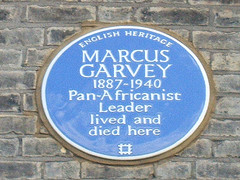
Later in life, Garvey returned to London. He died on June 10, 1940 in London at his home located at 53 Talgarth Road, W14, Hammersmith, London. A plaque appears on the building (shown right).
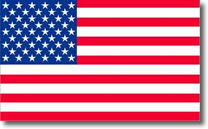
Marcus Garvey built the majority of his mass movement from his headquarters in Harlem, New York in the United States. His impact on Black people in the United States has been huge. There are many standing tributes to Marcus Garvey in the United States:
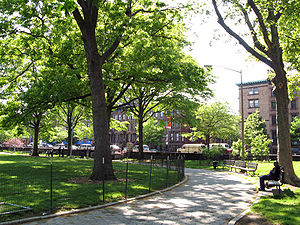
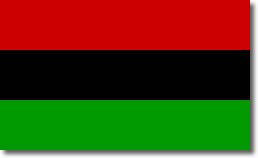
During the U.N.I.A.'s month-long August, 1920 convention, they discussed and created a revolutionary document called, The Declaration of Rights of the Negro Peoples of the World. The document lists 12 different complaints and 54 rights of Negro people. One of the most notable of the 54 rights listed in the document was right #39 which says, "That the colors, Red, Black and Green, be the colors of the Negro race.". This created the red, black and green flag that has become a symbol of Black unity and pride all over the world.
An excellent documentary about the red, black and green flag can be seen here: https://www.youtube.com/watch?v=AqsPzwrOK3A
"What you do today that is worthwhile, inspires others to act at some future time."